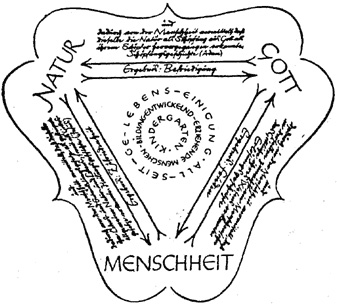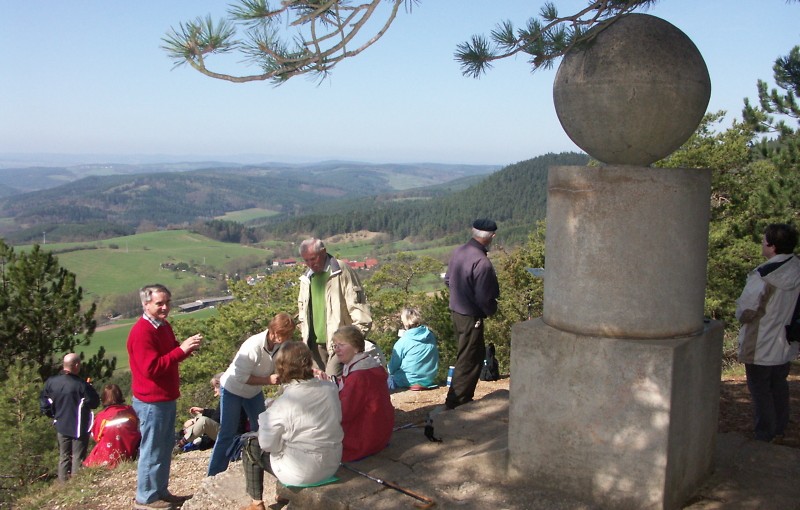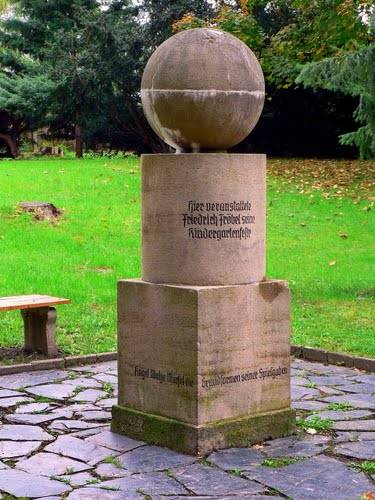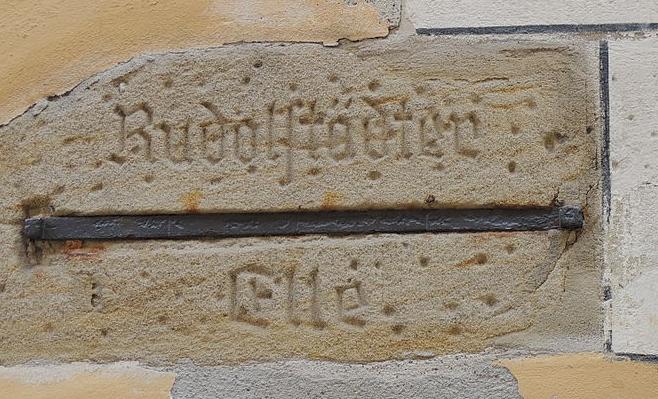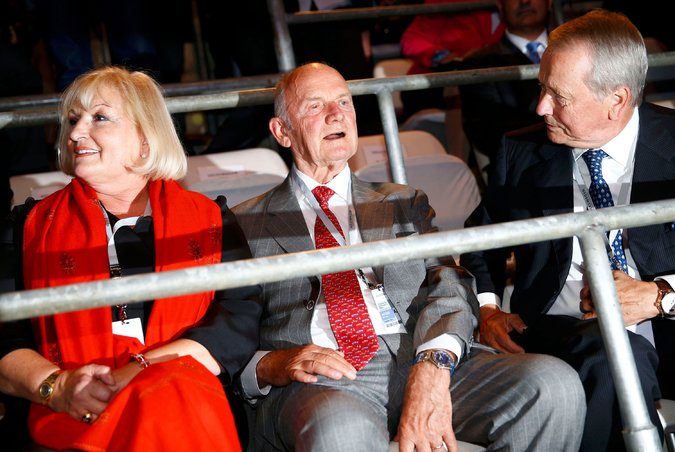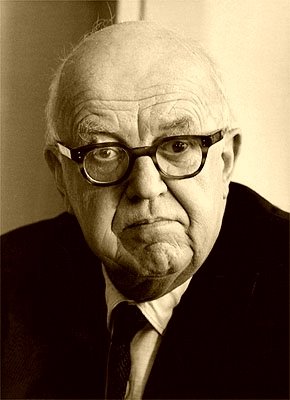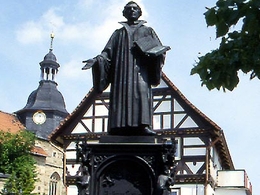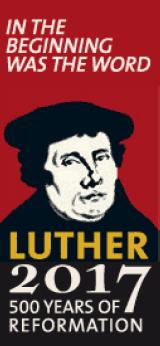Friedrich Froebel took on his share in solving social problems, because of his understanding of Christian responsibility.
He described the development of each person as the unification of existence.
Each individual is created in the image of God, and is responsible for consciously expressing this inner nature.
Froebel created a “living memorial” for the 300th anniversary of the Reformation by educating two descendants of Martin Luther in his school at Keilhau.
Georg Luther went on to study theology. Ernst Luther made the sphere, cylinder and cube as the gravestone for Frobel, designed by Wilhelm Middendorf.

As a devout man and a philanthropist, Friedrich Froebel created ways for individuals to live together in peace and harmony with each other and nature.
As we relate to persons from different cultures, how can we enable each person to say freely what he or she thinks, to be accepted with his or her particular gifts, and to become fully co-responsible?

